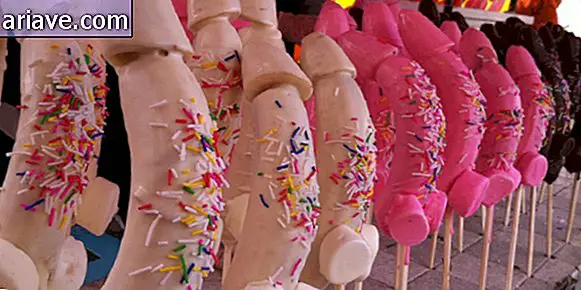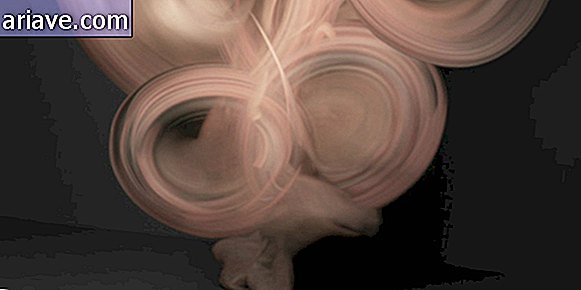Do you know which is the largest catholic church on the planet?
Churches: The sacred places where people pray, are baptized, and marry according to their religion can range from the simplest sizes of a few square feet to immense, sumptuous and imposing spaces.
Some of the most beautiful and oldest in the world are Catholics in Italy and other cities in Europe. But do you know which is the largest church in the world? Remembering that in this case we are talking about Catholic churches, not temples of other religions.
In an area in the central west of Côte d'Ivoire there is a lush agricultural landscape full of banana, rice and large cocoa fields. Along the paths of the region the landscapes are repeated: villages with small thatched houses, a few dozen farmers quietly tending their crops and raising their livestock.
However, when you arrive at Yamoussoukro, the country's capital, all the simplicity seen in the countryside changes its shape. A huge building can be seen towering over the city's skyline: a huge golden cross adorns the top of what is by all accounts the largest church in the world.
Jaw Drop Dimensions

Our Lady of Peace Basilica in Yamoussoukro was built at the end of a period of just a few decades ago, when Ivory Coast was competing with other newly independent African nations to become the continent's cultural and economic power.
To get an idea of the immensity of the place, the basilica is supported by 84 giant columns, each of which is 34 meters high.
And the rest of the numbers are equally impressive: between July 1986 and September 1989, 1, 100 workers cleared about 700, 000 square meters of coconut palm plantation, covering the estimated space of about 13 football fields with European marble (and the rest in gardens) and erecting a structure almost 160 meters high, which can accommodate seven thousand faithful inside and 200 thousand in its entire complex.

However, there is something even more interesting in the history of this church: what was its total cost. Although independent estimates peg the price by about $ 300 million, then-President Félix Houphouët-Boigny preferred to keep the value secret, preferring to refer to the building as a “gift from God” (probably with the help of its enormous personal fortune from cocoa).
"Most people believe the money came mostly from the national public treasury, " Tom Bassett, a University of Illinois Ivory Coast geographer and historian, told Mother Jones. So much so that he also stated that the church is also called "Our Lady of the Treasury."
Politics and religion

Heir to one of the country's richest cocoa riches, Houphouët-Boigny did not choose exactly the right time to publicly use his country's cash reserves for a building that quickly came to be seen less as a glorification of God and more as a Vanity project.
In his career, he became the first president of Côte d'Ivoire after the country gained independence from France in 1960, but he ruled as a more or less benevolent dictator until his death in 1993, directing the country in a period that has been became known as a "miracle" of economic prosperity in the 1960s and 70s.

In 1983, he named his hometown Yamoussoukro as the new administrative capital and soon after began planning the jewel that would crown the city, the basilica. According to a request from Pope John Paul II, who said he would not consecrate the construction otherwise, the dome was made slightly smaller than that of St. Peter's Basilica in Rome.
But the addition of a cross on top of the imposing dome set the church high above its Italian counterpart.
Crisis
While the church was being built in the late 1980s, the country had fallen into economic ruin, which was a simultaneous result of a sharp fall in cocoa and coffee prices, high oil prices and mismanagement of state-owned companies. With this, in the middle of the construction of the basilica, Ivory Coast declared itself bankrupt.
At the same time, budget recovery measures imposed by the International Monetary Fund and the World Bank cut basic services and agricultural subsidies, drastically lowering the living standards of most Ivorians, including those living on farms around the basilica.
All this left Houphouët-Boigny open to severe criticism for the contrast between the opulence of the church and the decay of the landscape around it. His public image was further damaged by one of the church's huge colored stained glass windows, which depicted him kneeling before Jesus on his entry into Jerusalem.
Reviews and tourism

Years later, an unidentified Vatican official told Time magazine that "the size and expense of the building in such a poor country has made it a sensitive issue." Still, the Pope consecrated the Basilica in September 1990, which was the only time the thousands of seats were all occupied.
Since then, the basilica has been little more than a tourist destination. Masses are held weekly but are infrequently attended.
In late 2002, when then-President Laurent Gbagbo was out of the country, disgruntled military leaders staged a coup that threw the country into a bloody two-year civil war. During this period, the basilica soon returned to the spotlight, as Yamoussoukro became the center of a UN zone imposed between rebel forces in the north and supporters of Gbagbo in the south, home to the country's largest city, Abidjan.
Political leaders on both sides, aided by the national media, portrayed the conflict, in part, as between a Christian south and a Muslim north, with the basilica in the middle. However, according to Basset, demographic data never really supported the existence of such a division.











